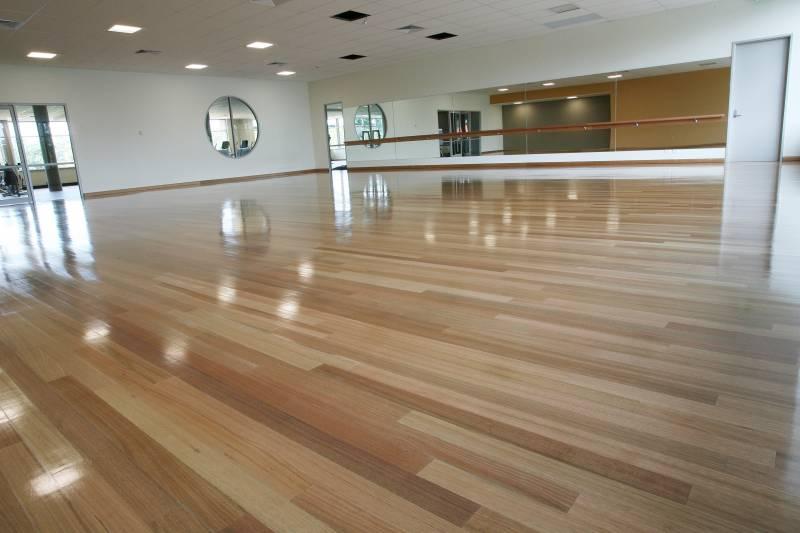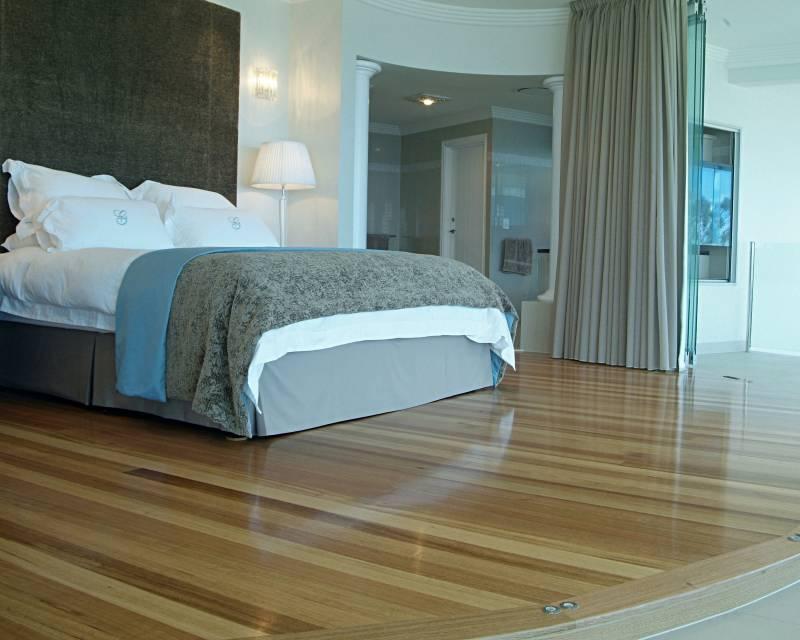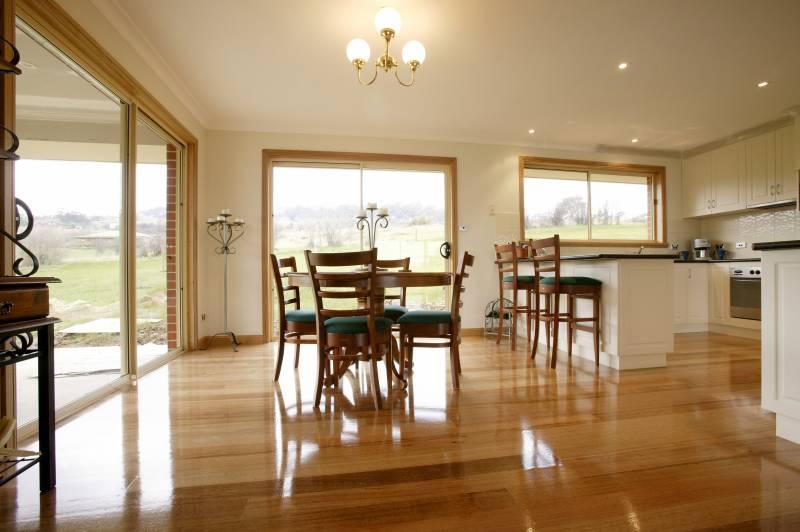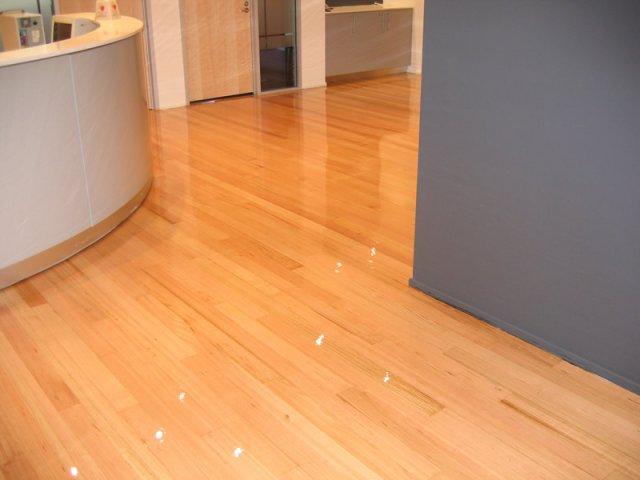Tasmanian Oak Timber – Eucalyptus regnans, Eucalyptus delegatensis, Eucalyptus obliqua
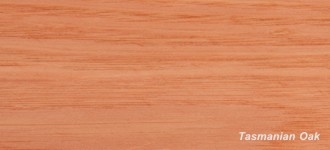
Wood Appearance
Colour – Heartwood pale brown to white brown and often with pinkish tints. Generally there is no noticeable colour difference between sapwood and heartwood.
Grain – Generally moderately open to coarse, but even and straight. Growth rings are often noticeable.
Wood Properties
Density – 675-770 kg/m3
Durability – Class 4 – Suitable for use in continuously dry situations only, under cover, well ventilated, clear of the ground and fully protected from the weather and other dampness.
Hardness – Firm to moderately hard (rated 3 and 4 on a 6 class scale) in relation to indentation and ease of working with hand tools.
Identification Features
Sapwood – Similar to the heartwood
Heartwood – Pale brown to white-brown and often with pink tints.
Texture – Texture varies from open to moderately open. Usually straight grained. Gum veins sometimes prominent.
Wood Structure
Growth rings – Prominent in some samples of Eucalypts regnans, Eucalyptus delegatensis and occasionally in Eucalyptus obliqua
Vessels – Single, medium to large in all three species, often forming oblique chains in Eucalyptus obliqua. May be more common in the earlywood. Tyloses occurrences vary from very few in Eucalyptus Regnans to common in Eucalyptus obliqua. Vessel lines prominent on dressed longitudinal surfaces of all species.
Rays – Fine, not prominent
Parenchyma – Indistinguishable, even with a lens
Other Features
Burning Splinter Test – All three timbers burn to charcoal, sometimes with small amounts of grey or black ash.
Figure – Generally lacking but occasionally wavy on quarter sawn surfaces
Tasmanian Oak Timber Flooring
